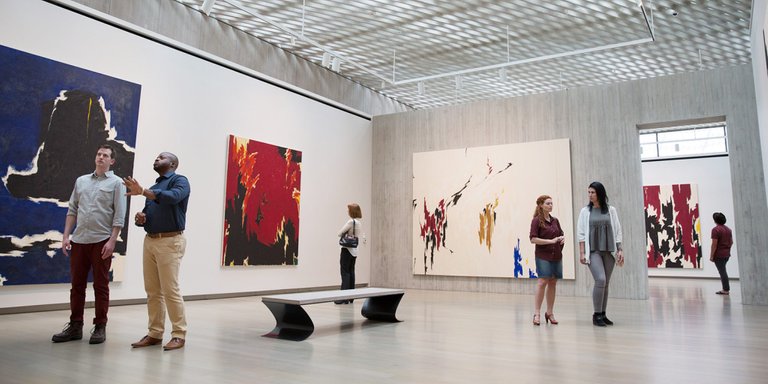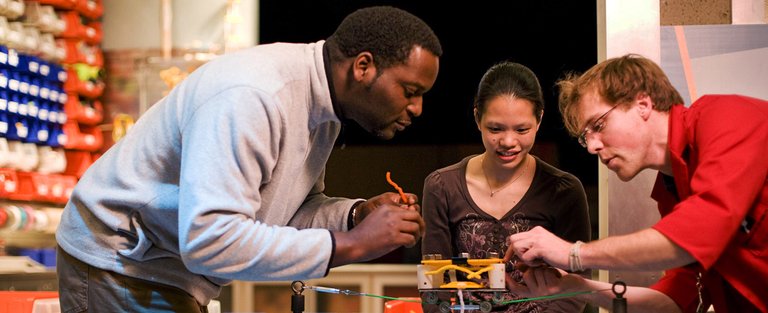
Picture from https://clyffordstillmuseum.org
As a part that doesn’t aim to make profit for an organization, the nonprofit sector still seems inevitable. It is like an adhesive of consumers and organizations, or I should say the essence in the organizations, since even the organization is a form of nonprofit strategy for gathering and keeping audience. Here we’re going to discuss the membership policy of museum to see the importance of nonprofit promoting strategy.
The ultimate aim of promoting strategy is to improve engagement, establish proximity and link to the organization. There are two layers of membership relationship: introductory and mature relationship. Strong organizational relationship is formed when the transition is completed. At the beginning, there are many reasons to foster a membership. It could be for philanthropic and social recognition, for personal interest, or for learning, family and social tradition (Slater, 2007). These “psychographic motivations” decide the initiation of a membership (Reavey, Brooke, et al, 2013). But also, it foreshadow the diverse strategies which should be developed to maintain the different types of relationships.

Picture from https://www.mos.org/corporate-support
Usually, member involvement directly influence the necessity of a membership. Researches found that member involvement often includes satisfaction, intellectual curiosity, and a subjective sense of connection with the organization. The frequency of visiting is a strong factor of engagement. Even the greater financial involvement (donation) would turn into a stronger relationship with the museum. Thus it can be seen that nonprofic sector function significantly to strengthen the link between member from different layers and the organization.
So how to transit the relatively weak relationship to strong relationship? According to relationship market theory, attracting, maintaining and enhancing customer relationships is essential to create loyal customers. The initiation of a membership is only a beginning, and every member has different incentive to join in the organization. The function of nonprofic sector thus playing even more critical role in keeping the relationship and transiting it into deeper level. The failure of transition could be a discrepancy between members’ incentive of starting the membership and the actual experience of it.
Reference:
Slater, Alix, and Kate Armstrong. “Involvement, Tate, and Me.” Journal of Marketing Management, vol. 26, no. 7-8, 2010, pp. 727–748.
Reavey, Brooke, et al. “An Exploratory Study of Stalled Relationships among Art Museum Members.” International Journal of Nonprofit and Voluntary Sector Marketing, vol. 18, no. 2, 2013, pp. 90–100.
https://en.wikipedia.org/wiki/Relationship_marketing
Center for Public History and MLA Program, is exploring history and empowering education. Click here to learn more.100% of the SBD rewards from this #explore1918 post will support the Philadelphia History Initiative @phillyhistory. This crypto-experiment conducted by graduate courses at Temple University's
good post!!加油哦我们二南!